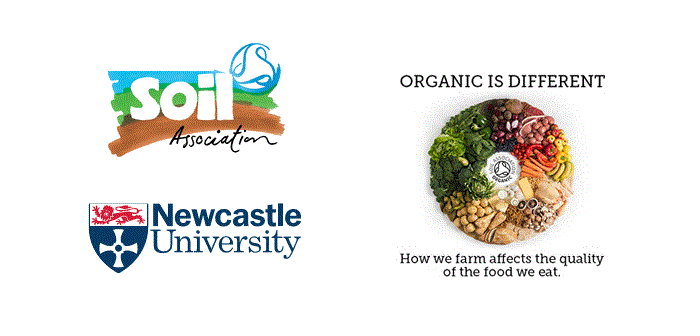Clear nutritional differences exist between organic and non-organic meat and milk, according to the findings of a new study carried out by researchers at Newcastle University and published today in the British Journal of Nutrition.
The study concludes that organic milk and meat contain around 50% more omega-3 fatty acids than non-organic, a finding which the Soil Association’s chief executive, Helen Browning, has welcomed as evidence that “what you feed farm animals and how you treat them affects the quality of the food”.
Key findings from the study include:
- both organic milk (dairy) and meat contain around 50% more beneficial omega-3 fatty acids than conventionally produced products;
- organic meat had slightly lower concentrations of two saturated fats linked to heart disease;
- organic milk and dairy contains 40% more conjugated linoleic acid (CLA) – CLA has been linked to a range of health benefits including reduced risk of cardiovascular disease, certain cancers and obesity, but evidence is mainly from animal studies;
- organic milk and dairy contains slightly higher concentrations of iron, Vitamin E and some carotenoids;
- organic milk contains less iodine than non-organic milk.
“These scientists (from Newcastle University) have shown that all the hard work organic farmers put into caring for their animals pays off in the quality of the food they produce, giving real value for money,” said Ms Browning.




